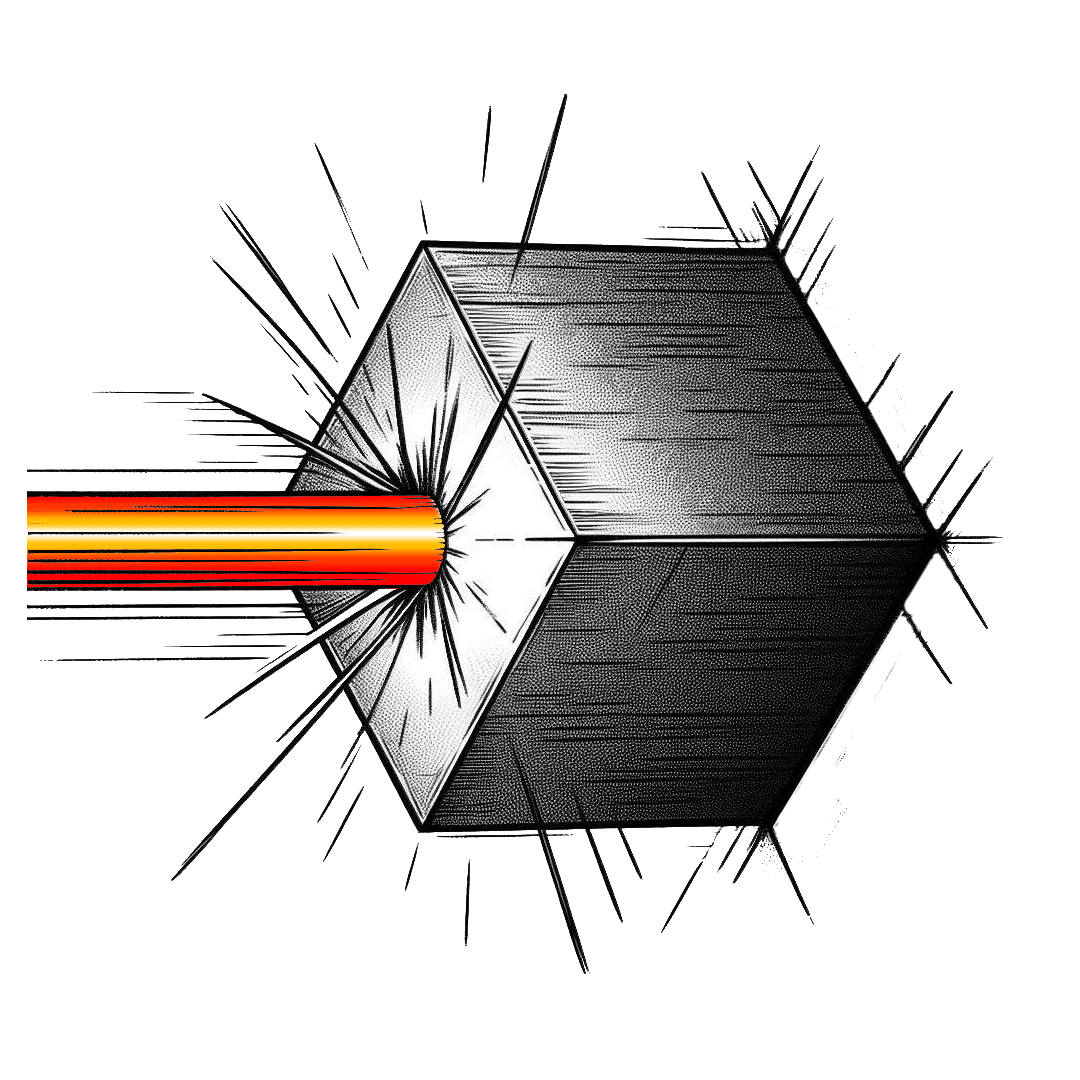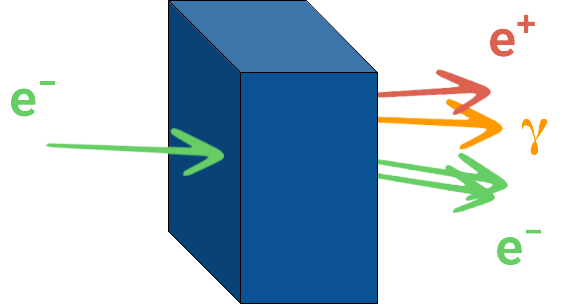Crystal-Based Pair Production for a Lepton Collider Positron SourceHigh-energy particle colliders are essential tools for exploring fundamental physics. These colliders, especially electron-positron (e+e−) colliders, offer a cleaner collision environment compared to hadron colliders, making them ideal for precise measurements of the Standard Model (SM) processes and searches for new physics beyond the Standard Model (BSM). A key component in these colliders is a reliable source of positrons, which has traditionally been a significant challenge. |
|
||||||
Research Lines
|
Conventional Positron SourcesLinear and circular colliders are the most advanced tools for studying fundamental particle physics today. They help us understand the Standard Model (SM) and explore potential extensions (BSM). Future colliders could succeed the current CERN Large Hadron Collider. Electron-positron (e+e−) colliders provide a cleaner collision environment compared to hadron-hadron colliders, though the latter can achieve higher center-of-mass energies. High precision measurements of SM processes favor e+e− colliders, while detecting BSM particles requires higher energies. Despite technical challenges, muon colliders could achieve multi-TeV energies with a relatively clean environment. Luminosity is crucial for precision in future accelerators. For lepton colliders (e+e− and μ+μ−), having intense and small emittance electron and positron beams is essential. Particularly, generating positron beams is a major challenge. Traditionally, positron sources use a high-Z target (like tungsten) struck by a high-energy primary electron beam. This process produces photons through Bremsstrahlung, which then convert into e+e− pairs.
Crystal-Based Positron SourcesTo overcome these limitations, an innovative approach using lattice coherent effects was first proposed in 1989. Studies on Ge and Si crystals showed high photon yields, which were confirmed by an experiment at the Orsay Linac. Simulations based on theoretical work from the Budker Institute and other institutions were essential for interpreting these experiments. These simulations used the Baier–Katkov formula and other methods to describe the processes in detail. Experiments at CERN (WA 103) and KEK validated the concept of using thick tungsten crystals for positron generation, but heat load issues remained a challenge. Using thick crystals can lead to significant energy deposition and reduce the crystal's channeling potential due to thermal vibrations. Consequently, hybrid targets, combining a thin crystal radiator and an amorphous converter, are preferred to mitigate heat load and thermal stress. Studies suggest that thin crystals (1-2 mm) can generate high photon rates with limited heat load, while thick converters handle higher heat loads and require careful power density management. Research at LANL and LLNL established a PEDD limit of 35 J/g for tungsten targets to prevent thermal stress damage. Further investigations into hybrid positron sources have led to improvements, such as using granular converters to reduce shock waves. This paper presents an experimental study of channeling radiation in a 2 mm tungsten crystal with 5.6 GeV electrons. The experiment measured the energy lost as radiation and the subsequent e+e− pair production in a copper converter. The results validated an improved simulation toolkit and compared the performance of hybrid and conventional positron sources, focusing on energy levels relevant to future high-energy colliders.
Channeling Radiation in CrystalsChanneling radiation occurs when electrons penetrate a crystal at small angles relative to the crystal axes or planes. The strong electric fields within the crystal cause the electrons to emit radiation coherently, significantly enhancing the photon yield compared to random orientations. This enhancement becomes substantial at higher particle energies, making channeling radiation an effective method for generating the photons needed for positron production.
Experimental ValidationRecent experiments at DESY tested this concept using a 5.6 GeV electron beam and a tungsten crystal. The data showed a marked increase in photon production, validating the effectiveness of channeling radiation. These results were compared with advanced simulation models, showing excellent agreement and confirming the potential of this technology.
Advantages of the Hybrid SourceThe hybrid crystal-based positron source offers several advantages:
|
||||||
|
|
|
|
|
|
|
||




